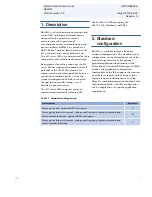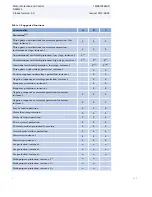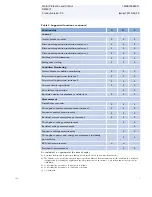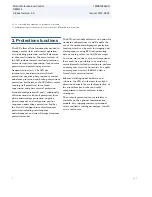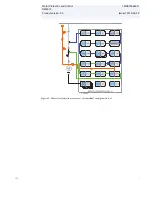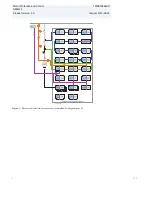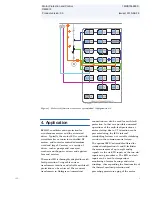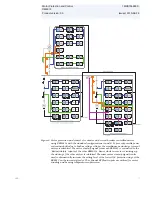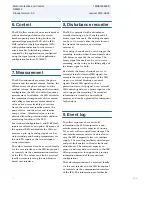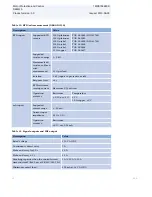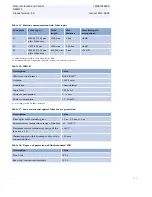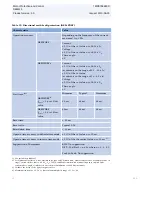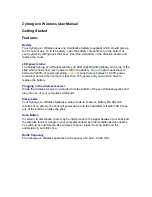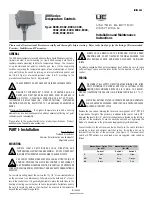
Table 4. Input/output overview
Standard
configurat
ion
Analog inputs
Binary inputs/outputs
CT
VT
RTD
inputs
mA inputs
BI
BO
A
4
-
6
1)
2
1)
4 (12)
2)
6 (10)
2)
B
3)
4
3
6
1)
2
1)
8 (14)
2)
10 (13)
2)
C
4
5
4)
-
-
16
10
1) With optional RTD/mA module.
2) With optional binary I/O module.
3) The optional I/O module and the optional RTD/mA modules are mutually exclusive.
4) One of the five inputs is reserved for future applications.
18. Communication
The IED supports a range of communication
protocols including IEC 61850, IEC
60870-5-103, Modbus
®
and DNP3.
Operational information and controls are
available through these protocols. However,
some communication functionality, for
example, horizontal communication between
the IEDs, is only enabled by the IEC 61850
communication protocol.
The IEC 61850 communication
implementation supports all monitoring and
control functions. Additionally, parameter
settings, disturbance recordings and fault
records can be accessed using the IEC 61850
protocol. Disturbance recordings are available
to any Ethernet-based application in the
standard COMTRADE file format. The IED
supports simultaneous event reporting to five
different clients on the station bus.
The IED can send binary signals to other
IEDs (so called horizontal communication)
using the IEC 61850-8-1 GOOSE (Generic
Object Oriented Substation Event) profile.
Binary GOOSE messaging can, for example,
be employed for protection and interlocking-
based protection schemes. The IED meets the
GOOSE performance requirements for
tripping applications in distribution
substations, as defined by the IEC 61850
standard. Further, the IED supports the
sending and receiving of analog values using
GOOSE messaging. Analog GOOSE
messaging enables fast transfer of analog
measurement values over the station bus,
thus facilitating for example sharing of RTD
input values, such as surrounding
temperature values, to other IED applications.
The IED offers an optional second Ethernet
bus to enable the creation of a self-healing
Ethernet ring topology. The IED
communication module options include both
galvanic and fibre-optic Ethernet
combinations. The communication module
including one fibre-optic LC port and two
galvanic RJ-45 ports is used when the ring
between the IEDs is built using CAT5 STP
cables. The LC port can in this case be used
for connecting the IED to communication
ports outside the switchgear. The
communication module including three RJ-45
ports is used when the whole substation bus
is based on CAT5 STP cabling.
The self-healing Ethernet ring solution
enables a cost efficient communication ring
controlled by a managed switch with rapid
Motor Protection and Control
1MRS756890 D
REM615
Product version: 3.0
Issued: 2010-06-29
ABB
17
Summary of Contents for RELION REM615
Page 1: ...Relion 615 series Motor Protection and Control REM615 Product Guide ...
Page 69: ...69 ...
Page 70: ......
Page 71: ......

